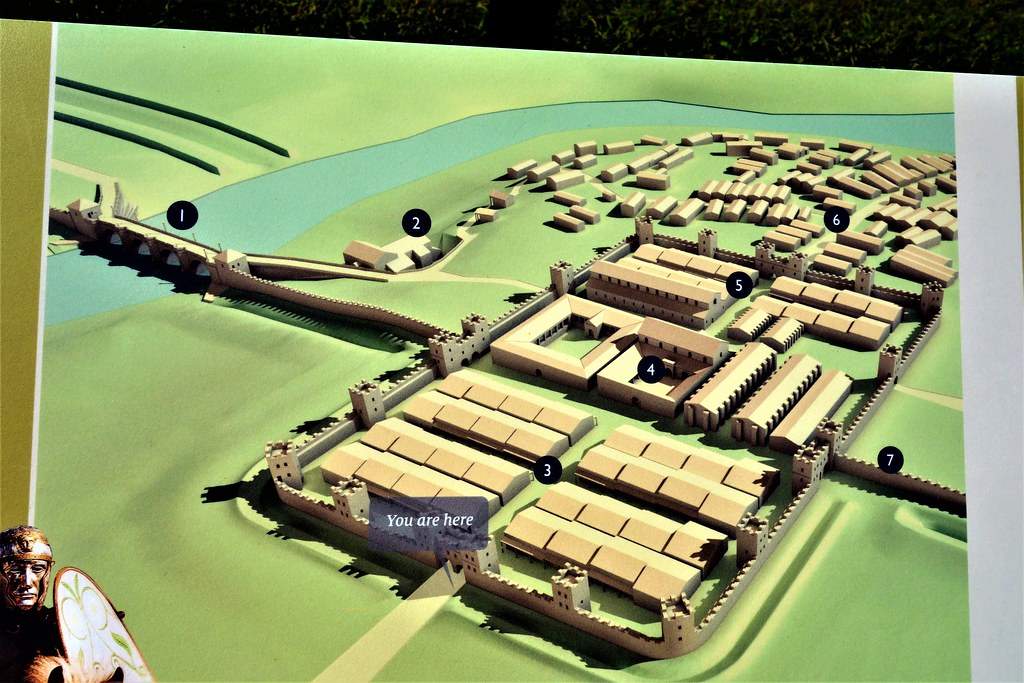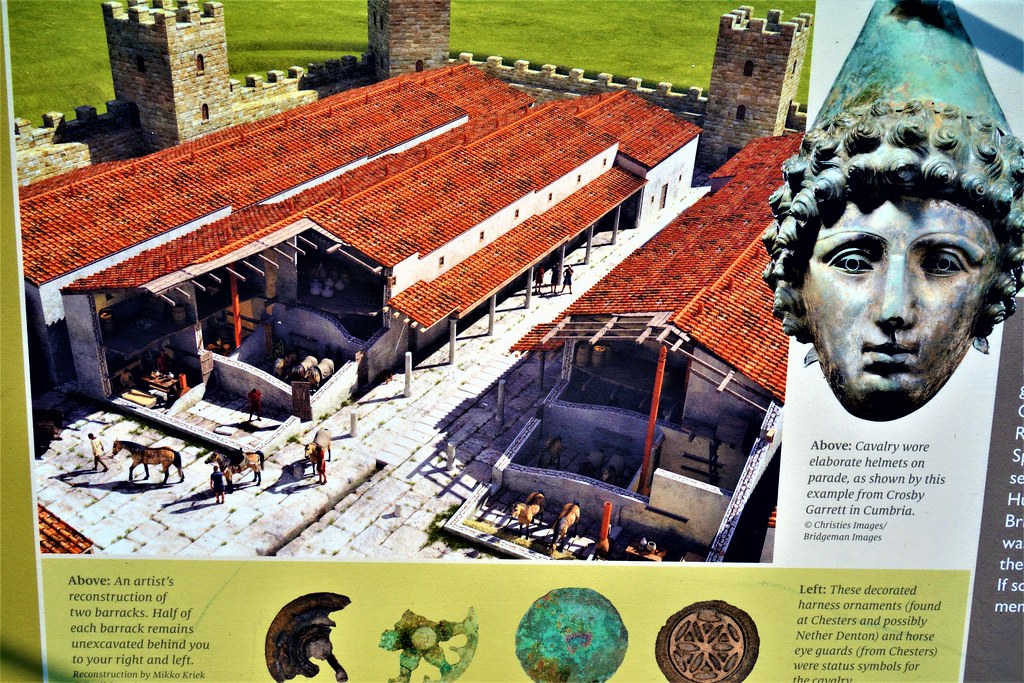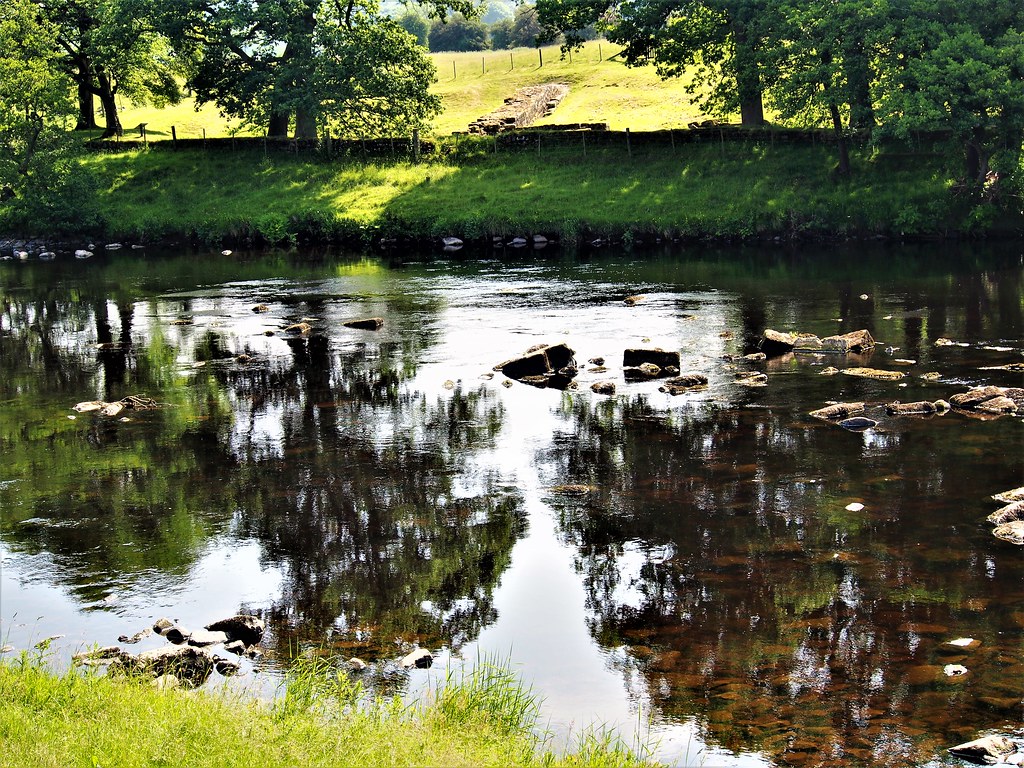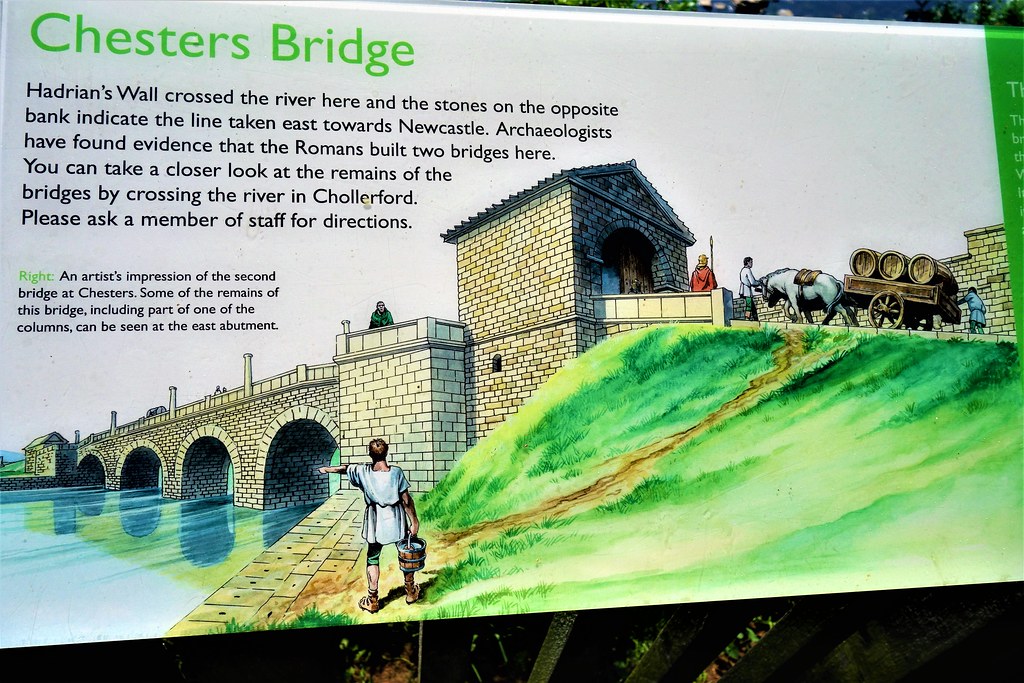Chesters Roman Fort
This evening, I am posting information on Chesters Roman Fort (Cilurnum) on Hadrian's Wall in northern England. This is located about 36 miles east of Carlisle.
Chesters was one of a number of principal forts built to enhance defences of the Wall and provide a base for offensive, northward strikes into enemy territory to the north. The Wall straddled the fort with three of the fort’s gates facing north.
The state of preservation and on-site museum is attributed to Victorian landowner, John Clayton who was also active in preserving sections of the Wall itself and other sites.
The fort is contemporary with Hadrian’s Wall which was constructed around the period AD 122-138. More information:-
- Chesters was home to a cavalry unit for most of its operational life, initially the 500 strong ala Augusta ob virtutem appellata and then from around AD 178-84) ala II Astorum (2nd Asturans) from northern Spain.
- The fort was built to a standard ‘playing card’ design. Principal features are:
- Four gates, North, South, East and West.
- Barracks block.
- Headquarters building.
- Commanding Officer’s House.
- Bath House. This is very well-preserved. It was built for soldiers’ recreation and hygiene and located outside the east gate, close to the river. Here the bather could choose between a hot, dry sauna type experience or a Turkish style steam bath.
- On opposite side of the North Tyne River can be seen the remains of a bridge abutment which carried Hadrian’s Wall over the river. Over the intervening 1800 years the course of the river has moved slightly leaving the abutment remains isolated.
- The site includes an excellent museum which has been in operation for over 100 years and holds many finds from Chesters and other forts on Hadrian’s Wall.
Video clip of museum
- There is no evidence of continued occupation of the site following collapse of Roman power in the early 5th century.








Comments
Post a Comment